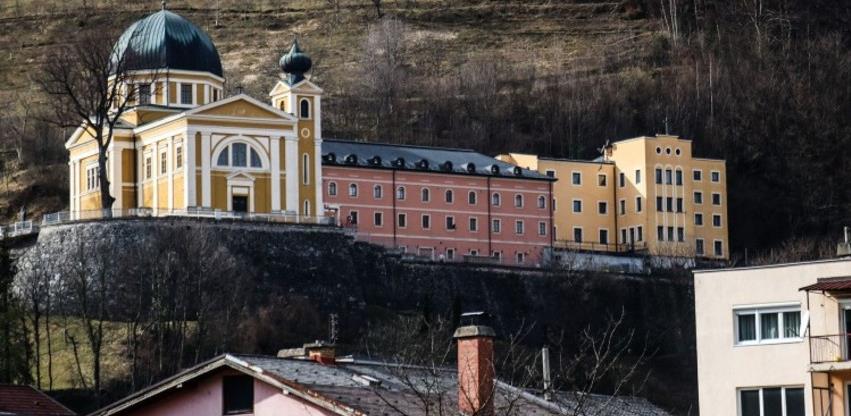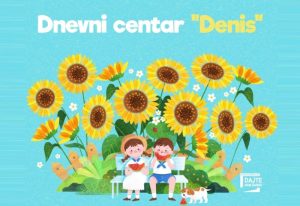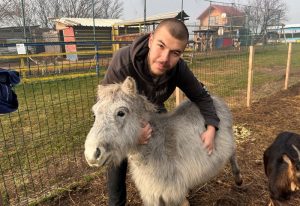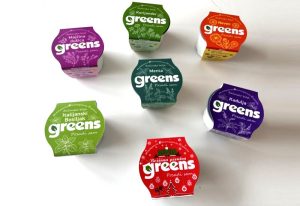The Museum of the Franciscan monastery of the ‘Holy Spirit’ in Fojnica is currently open only two days a week, due to the cold weather and the coronavirus pandemic, but the doors are open whenever visitors announce their visit.
Museum guide Natalija Šimunić in an interview for FENA emphasizes that due to deterioration, the old part of the monastery, which housed a museum and library, was demolished 20 years ago, and a new building was built on the same site. The Museum building in this form has been operating since about seven years, with a new setting.
On three floors, the Museum contains two to three thousand exhibits. The ethnographic and mining part contains ores and minerals, tools and weapons from the Ottoman Empire and blacksmith tools. An integral part is the library, old and new. The old library with more than ten thousand titles is mostly used for research purposes. The new library has about 40,000 titles and is used more than the old one, the membership fee is not paid. Titles from the new library are used a lot, especially during the pandemic period, when people spent more time at home.
“We have more than 120 members. Most of them are students, who are looking for readings for school projects, but they also read other titles as well“, says Šimunić.
Within the Museum there is also a Mass vestment, a Franciscan collection. There is an Ahdnam document and a cloak, as well as the oldest painting in Bosnia and Herzegovina. There are also many chalices, crosses, mostly the work of Fojnica masters.
As Šimunić points out, Ahdnama was signed on May 28, 1463 in Milodraž, in the area of the municipality of Kiseljak. It happened in a military camp when Friar Anđelo Zvizdović appeared before the Sultan and asked him to protect Catholics and Franciscans in this area, so that they could freely profess the faith.
“The original document of the Ahdnam is in the archives of the Franciscan monastery, and a copy of that document is on display in the Museum. The silk cloak with which the sultan is believed to have clothed Friar Anđelo Zvizdović is also on display,” she said.
One room of the Museum is reserved for numismatics (Roman, Greek, medieval Bosnian money, up to 19th century and more recent paper banknotes), as well as 12th century BC archeological excavations. The Museum also has a rich gallery with more than 250 paintings by various authors.
So far, a great number of visitors have passed through the Museum, there used to be up to nine thousand of them a year. Due to the coronavirus pandemic, there are fewer visitors, mostly from Bosnia and Herzegovina.
“Tourists come sporadically, and they used to come from more than 40 countries around the world. In 2019, we had about five and a half thousand visitors, and in 2020, about a thousand and a half. The pandemic has had a negative impact on everyone, including the Museum,” she said.
Šimunić lives in a natural and healthy environment, in the fresh air, and she does not feel the consequences of the pandemic directly. Yet she is sad that she cannot, at full capacity, do the job she enjoys so much. She believes this is a temporary situation. Šimunić and a colleague, who works with her at the Museum, hope that more visitors will return to the Museum and thus breathe life into the city itself, which largely lives off tourism.
The Museum is part of the Franciscan monastery of the ‘Holy Spirit’ in Fojnica, which also includes a church and archive. The objects found in the Monastery were mostly made of Fojnica gold and silver, and were made by Fojnica masters.
The Franciscans came to Fojnica in the 14th century. The first church was in the town of Fojnica. They moved to the present location, below the hill of Križ, in the 16th century. Seven Franciscans currently live in the monastery, performing regular duties for the monastery and the parish. The church is from the 19th century, designed by Josip Vancaš, and the interior was painted by Josip Oisner in 1894. The Museum of the Franciscan Monastery in Fojnica was nominated in 2016 for the European Museum of the Year award, in competition with the 60 best museums in Europe.





